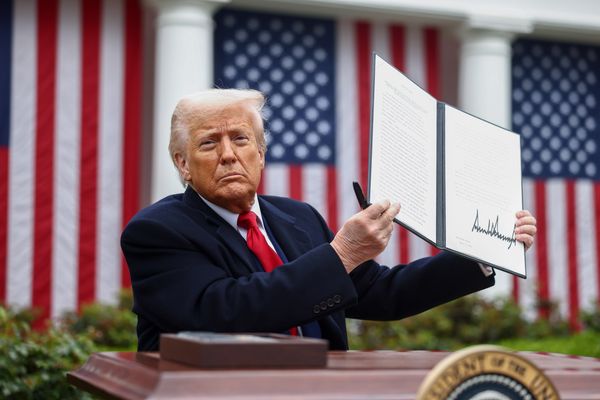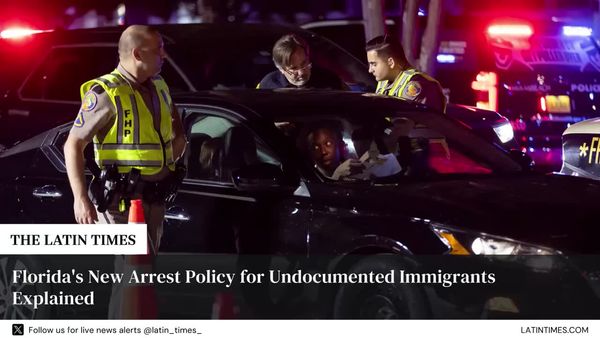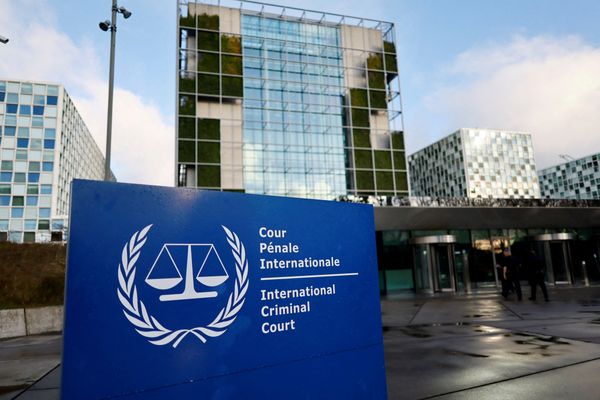
Next up: Yuki Tsunoda.
The Japanese driver has now officially entered Red Bull’s version of Russian roulette, overseen by Helmut Marko. Liam Lawson was the previous name drawn, but his shot at glory quickly turned into a nightmare. His long-awaited promotion alongside Max Verstappen was celebrated off-track, but the moment he hit the tarmac in Bahrain pre-season testing, his dream started to unravel. He had just one-and-a-half days of testing in Sakhir and three free practice sessions in total across Melbourne and Shanghai before the verdict came down – and it wasn’t in his favour.
Alex Albon, who started 26 races alongside Verstappen before being dropped at the end of 2020, perhaps described it best: “It’s like using a computer with the mouse sensitivity turned all the way up.”
The onboard footage says it all. In the limited time he had, Lawson constantly fought the RB21’s twitchy reactions and every attempt to carry speed through corners ended with aggressive corrections and missed apexes. It was a struggle from start to finish.
The reality is, Verstappen has been driving cars built in Milton Keynes for years – often fast but with the balance on a knife-edge. Yet even Verstappen raised a flag in mid-2024, pointing out that since Red Bull responded to McLaren’s growing threat, the car has taken an even more extreme direction and become harder to drive.
For Marko, the previous solution was simple on paper: find another Verstappen. But in truth, Red Bull is chasing a driver who doesn’t exist. And while Marko waits for a miracle, the junior academy continues to train young drivers for a mission with slim chances of success.

The team now finds itself on a path with two possible exits; discovering a second Verstappen or making a fundamental change in philosophy to once again prioritise drivability. Until one of those paths is taken and successfully realised, Red Bull will continue to race with one car – or, at best, one-and-a-half.
For now, Marko’s vision still dominates but that could change if Verstappen starts pushing back. That scenario is becoming more likely – it’s one thing to grit your teeth while winning, quite another when the rewards start to shrink.
Next weekend, at Honda’s home race, it will be Tsunoda’s turn. The stakes are lower in his case.
Lawson was thrown into the deep end without having raced a full F1 season, and with no prior experience of Melbourne or Shanghai. Tsunoda, on the other hand, has four seasons with Racing Bulls under his belt.
He also knows he’s at a career crossroads – at the end of the year, Honda (his key backer) will part ways with Red Bull. Tsunoda has little to lose. If he clicks with the RB21, it could be a breakthrough. If not, he'll be replaced.
Lawson’s situation is different. A return to Racing Bulls – a well-worn path – typically signals the beginning of the end, but as the Racing Bulls role becomes more of a holding pattern, it turns into a waiting room for outside opportunities, as has most recently been the case for Pierre Gasly. It’s a shame to see such a talented young driver’s trajectory change so drastically in just three months, but that’s the reality.

Red Bull, of course, is free to make its own decisions, no one is forced into its junior programme at gunpoint, after all.
But it’s worth reflecting on the fact that Red Bull’s method isn’t the only one that works in Formula 1. On Sunday night, after Oscar Piastri’s win in Shanghai, McLaren team principal Andrea Stella spoke about the effort invested in helping the Australian grow following two seasons alongside Lando Norris.
Months of analysis, race reviews, and open discussions about what wasn’t working. At the same venue a year earlier, in 2024, Norris finished second while Piastri came home eighth – more than 40 seconds behind.
"I remember scratching my head and telling Oscar there was a lot to learn from that race,” Stella recalled. “Now I can say that all the work we did together really paid off.”
That, too, is a method that works in modern F1.








